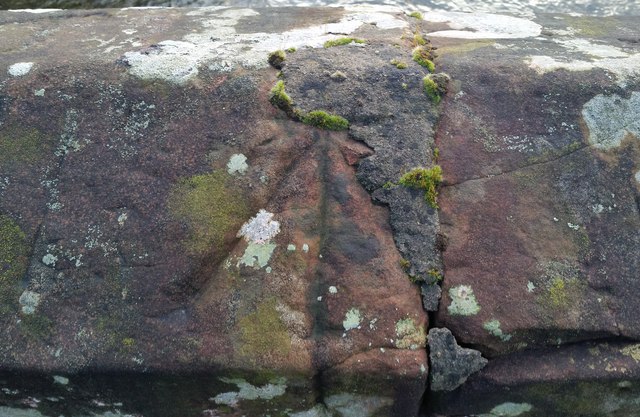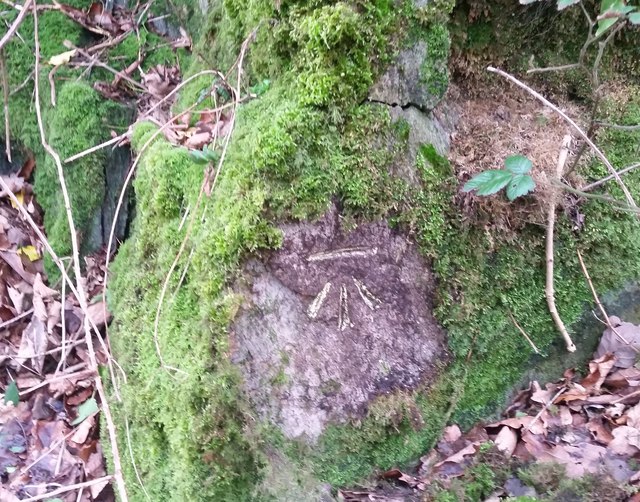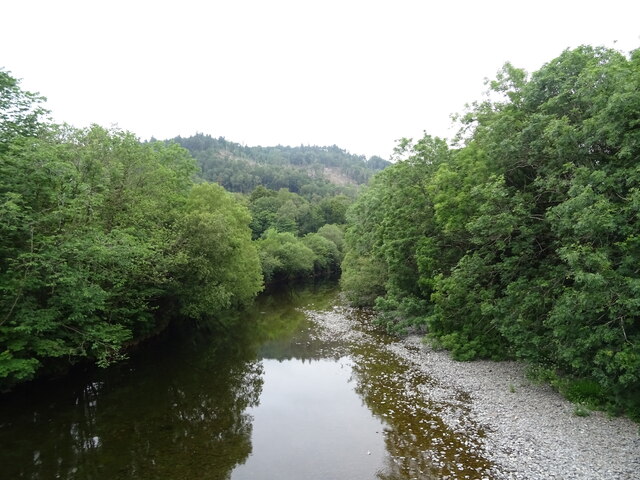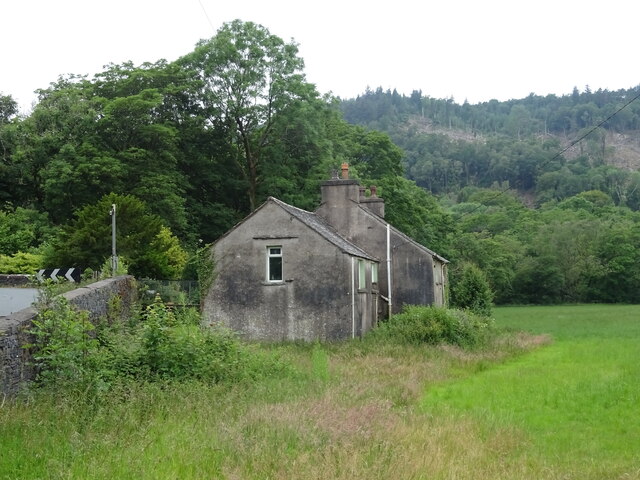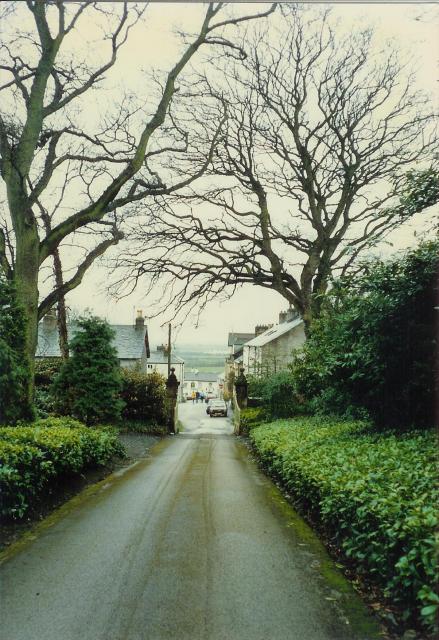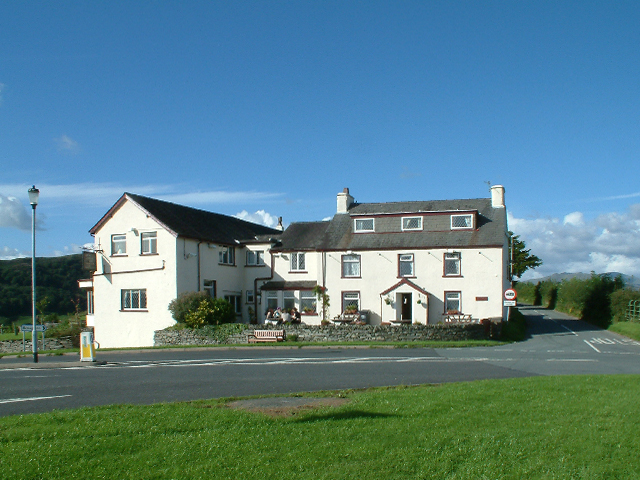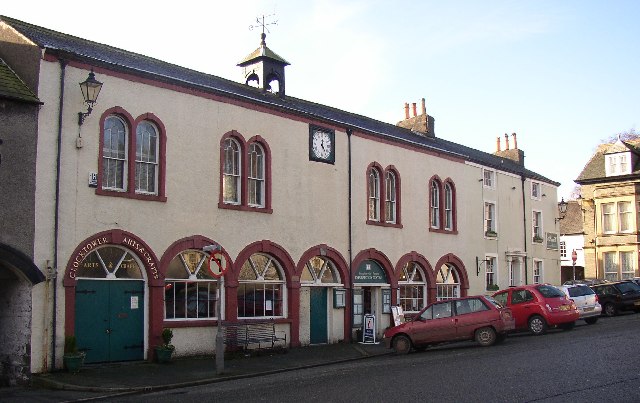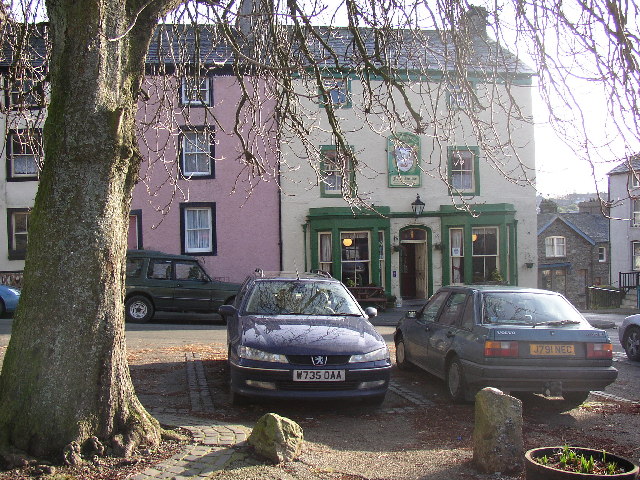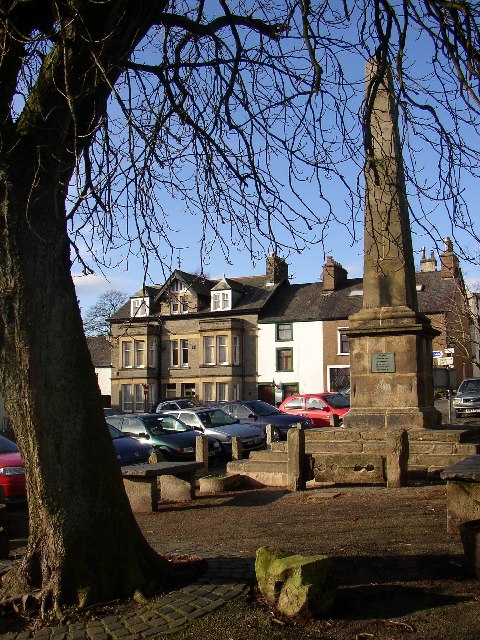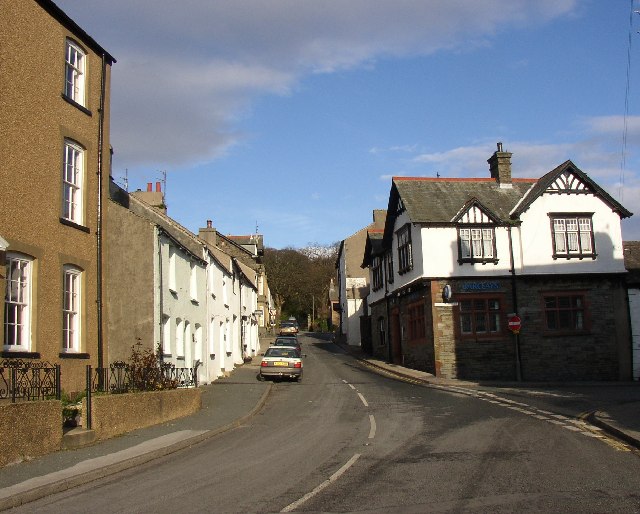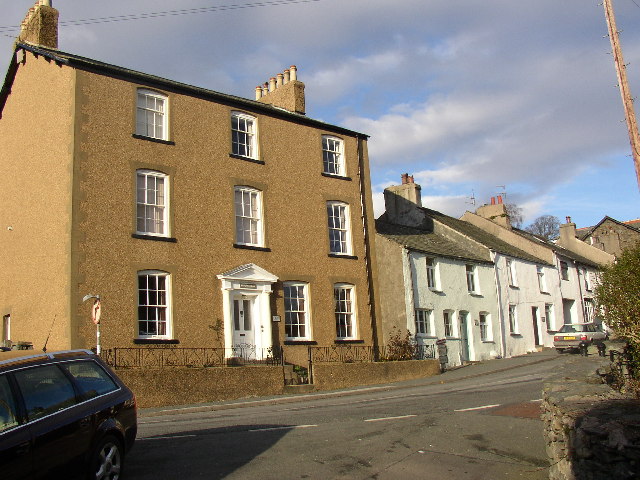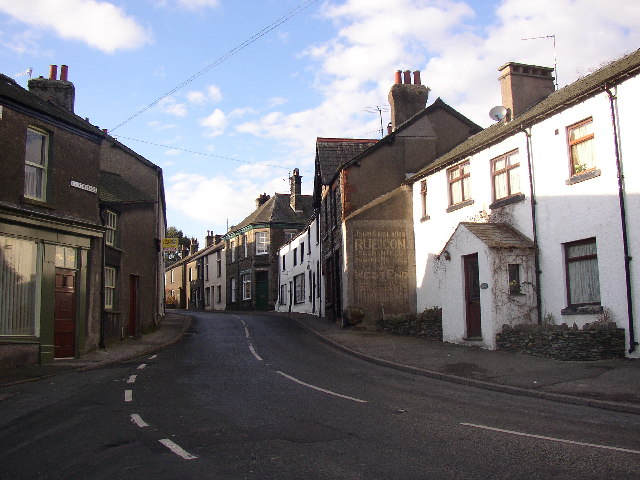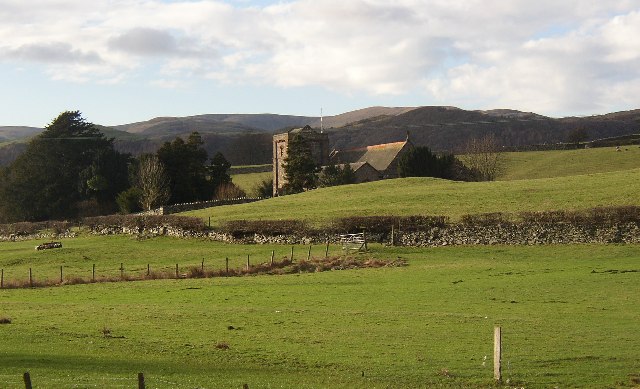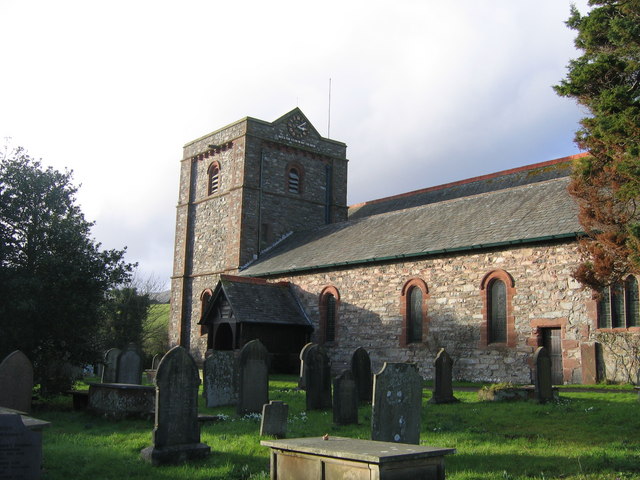Park Wood
Wood, Forest in Lancashire South Lakeland
England
Park Wood
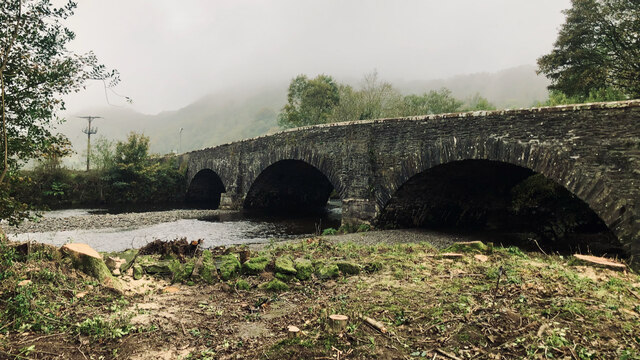
Park Wood is a beautiful and expansive forest located in Lancashire, England. Covering an area of approximately 200 acres, it is a popular destination for nature enthusiasts and outdoor adventurers alike. The wood is situated near the village of Park, hence its name, and is surrounded by picturesque countryside.
Known for its dense and diverse tree population, Park Wood is home to a variety of species including oak, beech, and birch. These towering trees create a lush and vibrant canopy that provides a habitat for a wide range of wildlife. Visitors to the wood can often spot squirrels, deer, and a plethora of bird species, making it a haven for birdwatchers.
The wood features a network of well-maintained footpaths and trails, allowing visitors to explore its natural beauty at their own pace. There are also designated picnic areas and benches scattered throughout the wood, providing a perfect spot for a leisurely lunch or a moment of tranquility.
In addition to its natural splendor, Park Wood offers recreational activities such as hiking, jogging, and cycling. The quiet and peaceful atmosphere makes it an ideal place for those seeking a break from the hustle and bustle of everyday life.
Park Wood is easily accessible by car and offers ample parking facilities. It is also well-connected to nearby towns and villages by public transportation, making it a convenient destination for both locals and tourists.
Overall, Park Wood is a hidden gem in Lancashire, offering a serene and scenic escape for nature lovers, walkers, and outdoor enthusiasts.
If you have any feedback on the listing, please let us know in the comments section below.
Park Wood Images
Images are sourced within 2km of 54.283865/-3.2020726 or Grid Reference SD2188. Thanks to Geograph Open Source API. All images are credited.
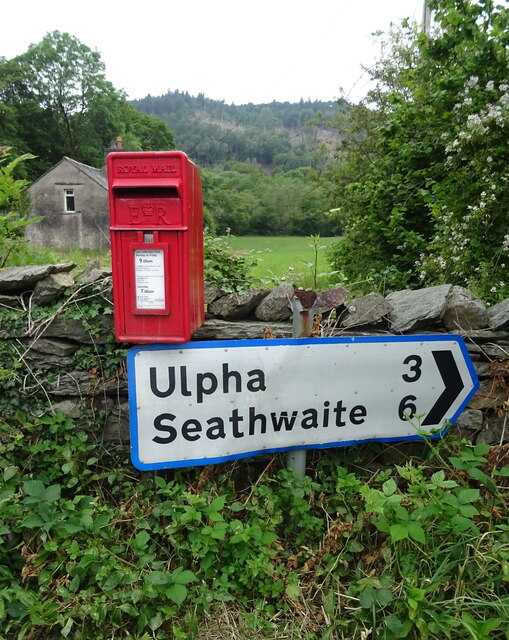
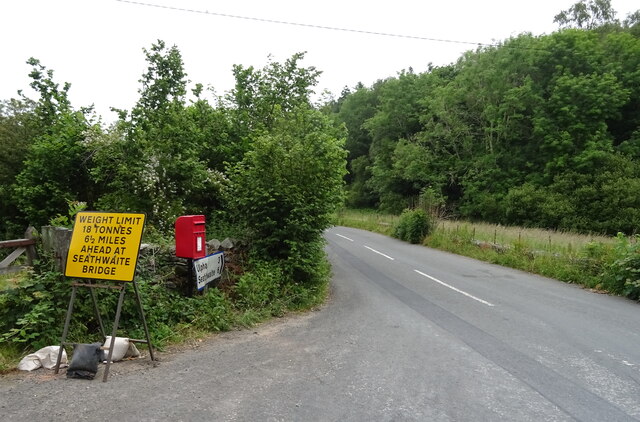
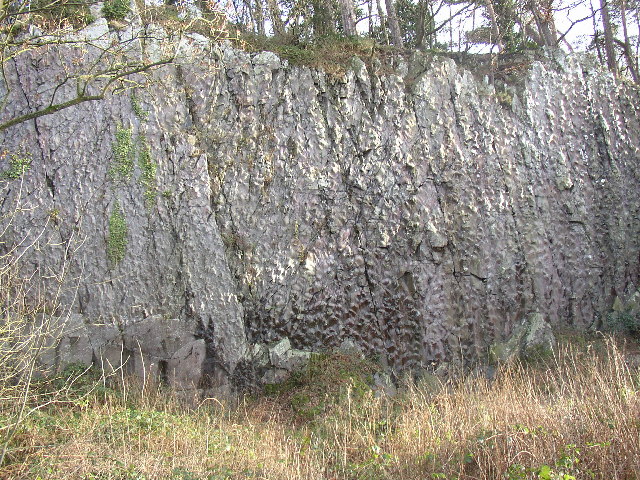
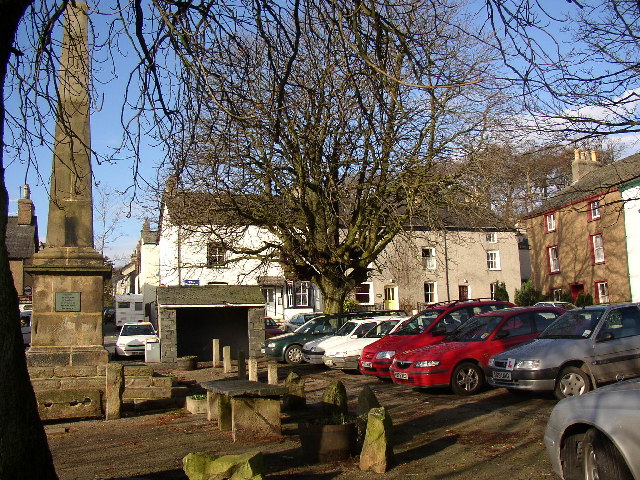
Park Wood is located at Grid Ref: SD2188 (Lat: 54.283865, Lng: -3.2020726)
Administrative County: Cumbria
District: South Lakeland
Police Authority: Cumbria
What 3 Words
///circles.emotional.stutter. Near Millom, Cumbria
Nearby Locations
Related Wikis
Old Town Hall, Broughton-in-Furness
The Old Town Hall is a municipal building in The Square, Broughton-in-Furness, a town in Cumbria, England. The building, which currently accommodates a...
Broughton-in-Furness
Broughton in Furness is a market town in the civil parish of Broughton West in the Westmorland and Furness district of Cumbria, England. It had a population...
Broughton-in-Furness railway station
Broughton-in-Furness railway station served the market town of Broughton-in-Furness, in Lancashire, England (now in Cumbria). It was on the branch line...
St Mary Magdalene's Church, Broughton-in-Furness
St Mary Magdalene's Church is in Broughton-in-Furness, Cumbria, England. It is an active Anglican parish church in the deanery of Furness, the archdeaconry...
Nearby Amenities
Located within 500m of 54.283865,-3.2020726Have you been to Park Wood?
Leave your review of Park Wood below (or comments, questions and feedback).
